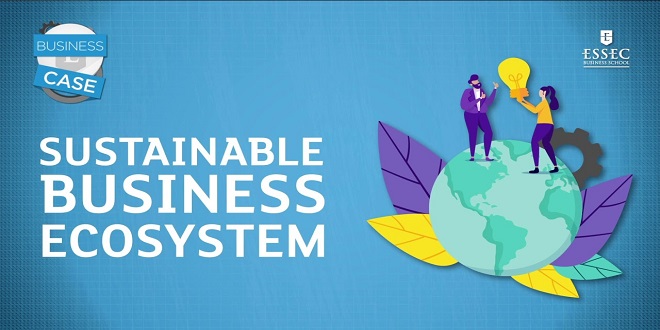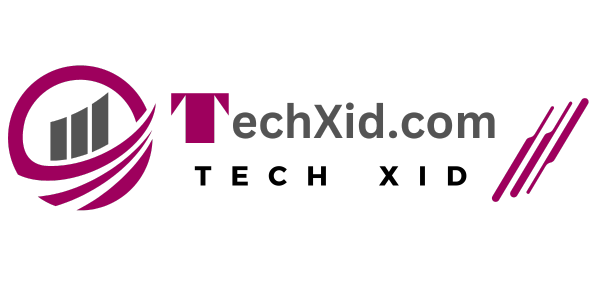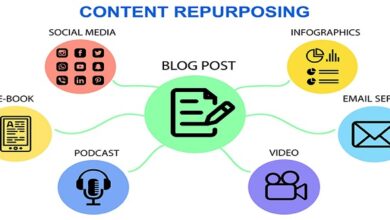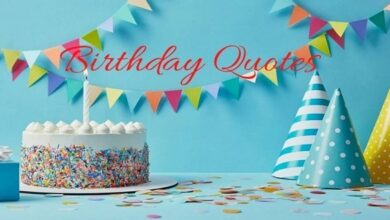The Social Business Ecosystem

Social Profiles
At the center of the Social Web and the shared activities that define it are the online personas of participants: More than with prior anonymous discussion boards or cloaked personas, it’s an actual identity that is of value in a business context, since it is generally the motivation of an individual to be noticed as such that drives social participation in the first place.
Though detailed personal information is (still) generally not available except to trusted friends or colleagues, the use of a real name or photo in one’s social profile is becoming common. Along with any optionally provided information, the result is a basis for understanding who it is that is actually participating.
The profile is therefore the starting point of social interaction, because without it the interaction that would otherwise occur is purely transactional, between the participant and the online application or other unknown party. The existence of a profile or equivalent is, in this sense, what differentiates social platforms and applications from (online) interactive applications and read more.
The Profi le as a Social Connector
Taken together, the signifi cance of the profile is its central role in establishing who is participating. When people have that basic information, they will more readily enter into functional relationships and share or transfer useful knowledge. This is, of course, the primary objective in building a social business or supporting application. By connecting the organization with its stakeholders whether a business and its customers or a nonprofi t and its members social profi les form the basis for an accountable, productive relationship.
A Practical Example of Profiles
In my experience working with Atlanta-based Premiere Global (PGi) on the implementation of a community, the role of the social profi le in activating and sustaining the community is particularly instructive as regards the role of the profi le in a community application.
This particular project a developer’s community built around PGi’s communications API was intended to bring independent developers and internal PGi experts together in a collaborative venue that would spur the development of new and innovative communications applications.
The Profile and the Social Graph
The Social Graph will provide an in-depth treatment. For now, understand that the social graph includes the set of profiles that describeT he Social Business Ecosystemâ members of a social network and the interactions, activities, and relationships that connect specific profiles on the Social Web. In perhaps the simplest view, the social graph defines the way in which one profile is connected to another, through a friendship relationship perhaps. Because the profile itself is tied to a person—however vaguely that profile may have been defined—there is a sense of accountability and belonging that translates into shared responsibility between those so connected
Social Applications
Taking the four basic building blocks together consumption, curation, creation, and collaboration one possible model (there are many) for driving engagement emerges. Engagement can be tapped for marketing purposes by anchoring it within the context of the basic social structures communities, social applications, and similar and then connecting these back to your brand, product, or service. In this section, social applications are the focus.
The basic process of engagement begins with content consumption and builds up to collaboration between participants in the creative process. This is the kind of activity that binds community members together. Taking off on this, there are specific social applications forums, collaborative tools, contests, and games among them—that you can implement under your own brand to lead your participants through the steps of engagement that drive your business
Making an informed decision is crucial when considering Vidmate old version. Benefits include familiarity and stability. Drawbacks may involve security risks and lack of updates. Evaluate your needs carefully before choosing. Ensure compatibility with your device and consider potential risks. Ultimately, the decision rests on your priorities. Balance the advantages and disadvantages to make the best choice.





